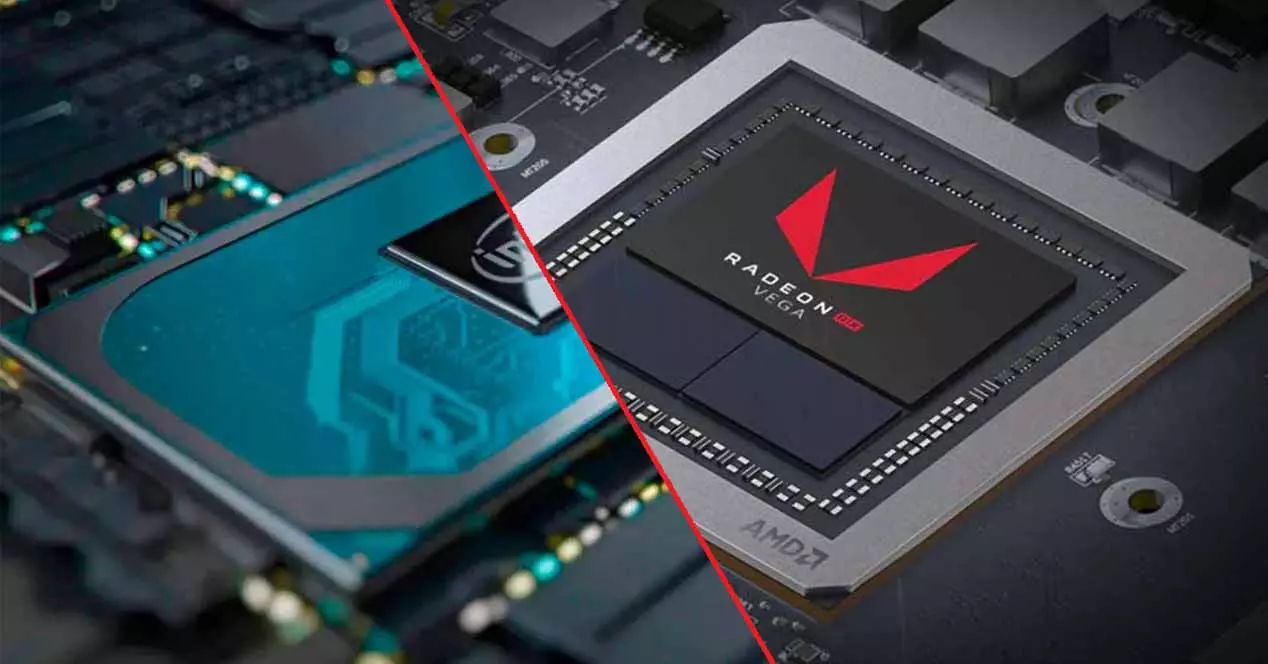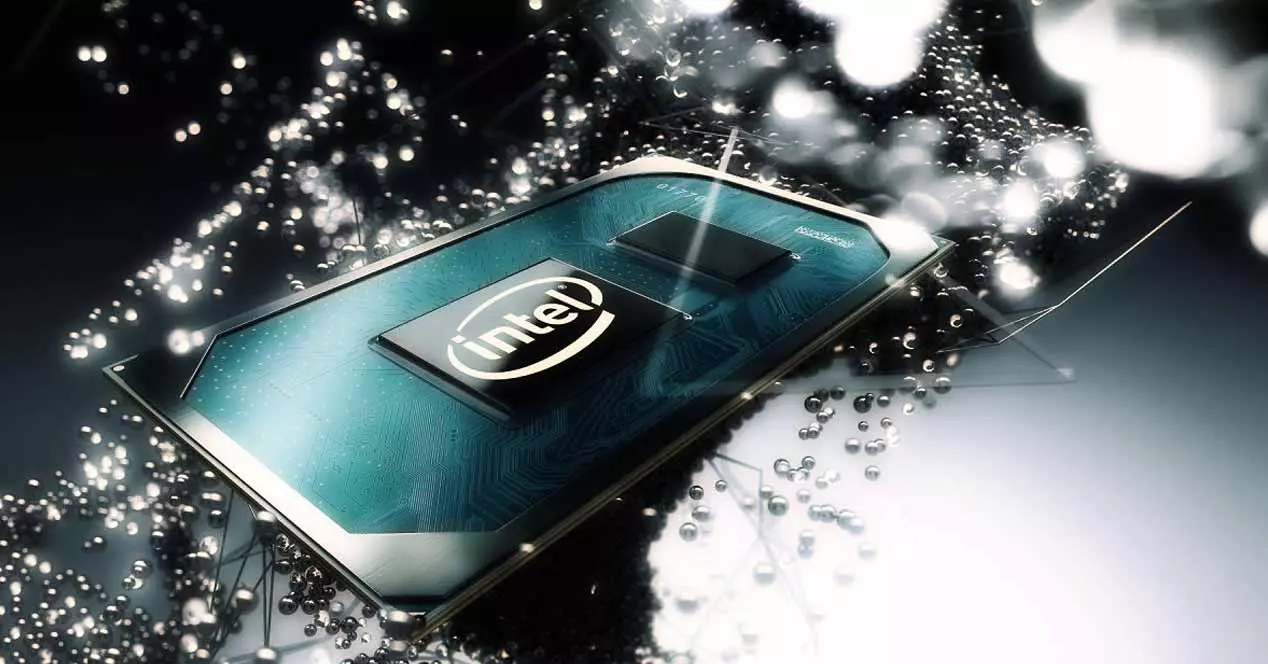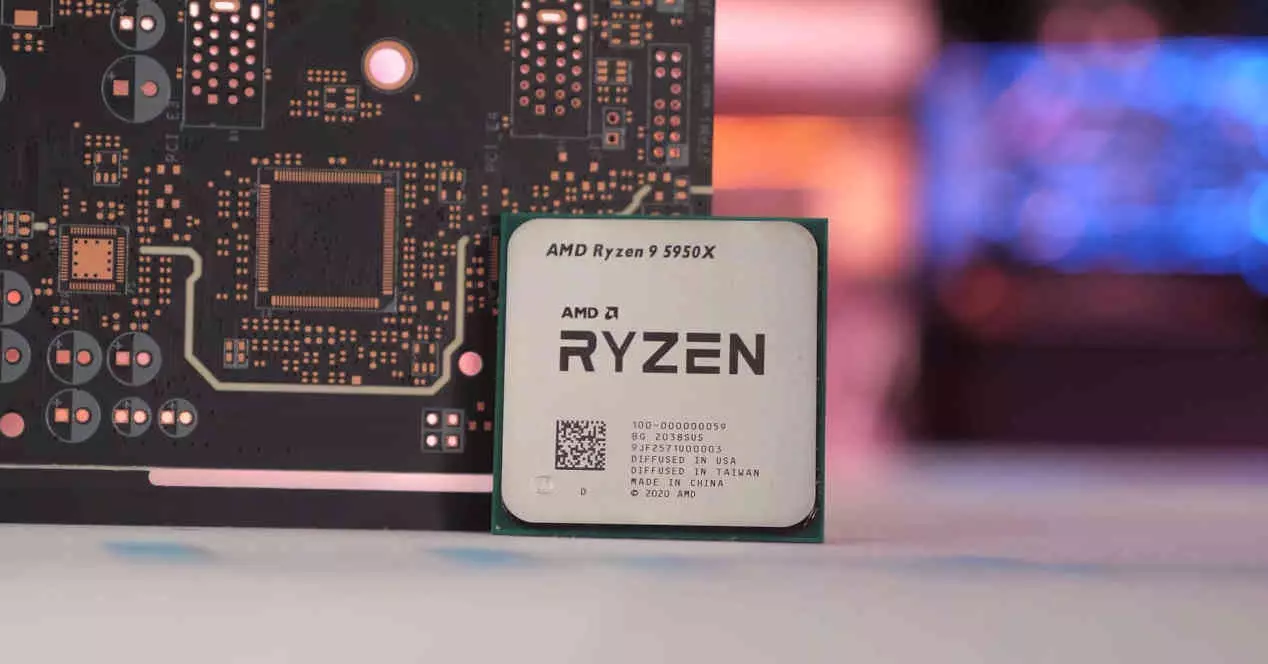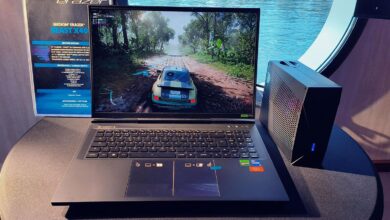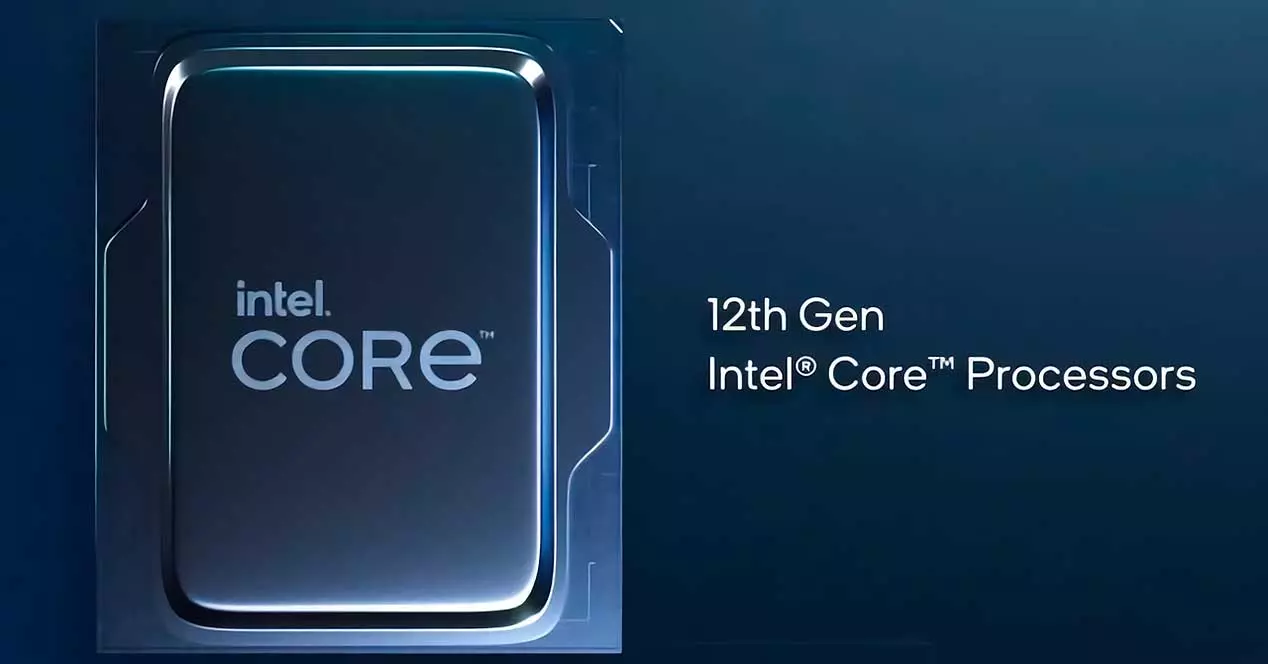
The iGPUs are increasingly important to the point that the design of the new Zen 4 CPUs will come with a specific die for this purpose. Intel has been integrating it for more than 10 years and it has paid off, since more than 60% of today’s GPUs have its name. These iGPUs have an Achilles heel: their power, but what if we overclock them to 2.4 GHz? Well, the data of the Intel UHD 770 they are at least controversial.
The 770 UHD iGPU at its most powerful configuration is possibly the most compensated graphics card on the market. First by its nature and second by its efficiency in performance per watt. The problem is that while Intel has gotten dangerously close to AMD to the point where the next APUs will have RDNA 2 to their credit to mark distances, the blue team is just behind their rival. Is it because of its energy limit, because of its architecture or because of its frequency?
The overclocked UHD 770, how does it scale?
The user SkatterBencher has made a very interesting overclock to the iGPU of his i9-12900K with Alder Lake architecture, where the results have been really interesting, since he has achieved nothing less than 2,738 MHz, an increase of none other than the 53% compared to the 1550 MHz in Boost that this iGPU gets.
As we know, this graphics card has 32 EU, which gives a total of 256 ALU, but as we well know they are limited to only 15 watts of consumption.
| Stock | 2.4 GHz Overclock | Difference | |
|---|---|---|---|
| Geekbench 5 OpenCL | 9,641 | 14,410 | 49% |
| Geekbench 5 Vulkan | 9,537 | 14,538 | 52% |
| Furmark 1080p | 925 | 1,411 | 53% |
| AI Benchmark | 1,352 | 2,048 | 51% |
| 3DMark Night Raid | 13,441 | 18,965 | 41% |
| Unigine Superposition (720p, Low, OpenGL) | 5,860 | 8,413 | 44% |
| Spaceship (1080p, High) | 14.1 | 22.7 | 61% |
| CS: GO FPS Bench (1080p) | 52.79 | 78.49 | 49% |
| FF XV (Standard, 1080p) | 14.55 | 20.48 | 41% |
| Handbrake | 882,277 | 1,015,663 | fifteen% |
How to bypass this restriction? Manually it is not the solution, because the PL2 reduces its performance more quickly, so from the hand of ASUS the Multi-Core Enhanced to give you a higher watt GAP.
Increasing the BCLK to 116 MHz both CPU as iGPU they achieved a higher frequency, which together with the voltage allowed to raise the frequency to almost 2.4 GHz. But what about the results?
Better benchmark performance, worse gaming
As we can see, the data results in at least one gain of 41%, the oldest being a spectacular 61%, but in synthetic benchmarks. The iGPU is not up to the mark of a low-end GPU, far from it, but given the increased frequency it was worth testing it at least in some game. The chosen ones were CSGO and Final Fantasy XV, which without being the best options are equally valid to see the scalability and performance that can be obtained.
The results were 78.49 FPS in CSGO from the stock 52.79 FPS, which is equivalent to a 49% improvement, while in FFXV the data was worse, since the minimum 30 FPS was not reached to be able to play, although the performance increased a 41% at 1080p.
Lastly, with Handbrake the performance only increased by 15%. What these data indicate is that Intel’s new architecture does not scale really well in games, while in more optimized synthetics it does do much better in percentage terms. A larger battery of tests would have to be launched to determine if the data is even similar across different games and engines, but this is not a good prognosis for the desktop GPUs to come.
